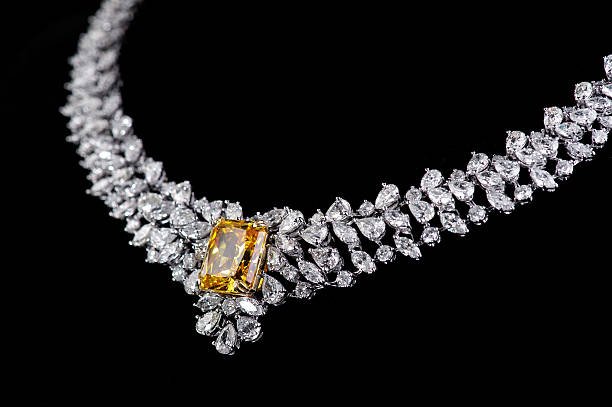Tips on Trading Cash for Gold All Entries

Investing in gold jewelry or any form of the precious metal is often profitable, depending on several factors. One of the most important factors is the purity of gold, which is measured in karats. Here's a look at the dynamics in making cash for gold jewelry.
Follow Gold Prices
Trading cash for gold, or the other way around, involves watching gold prices, which are set each trading day by members of The London Gold Market Fixing Limited. Together, five banks in London determine daily gold prices twice a day at 10:30 a.m. and 3 p.m. GMT. It's based on the amount of gold these five firms want to buy or sell for the day. They pay close attention to the supply and demand for gold.
The daily gold spot price per ounce is used around the world for buyers and sellers. Several websites, such as GoldPrice.com, list the current spot price of gold. Jewelers and gemologists use the benchmark for estimating a gold item's value. The purity of gold is significant, since pure gold is more scarce than alloys, in which gold is mixed with other metals.
Measuring Gold Purity
Modern gold jewelry, such as rings and earrings, usually contains a hallmark, which is a unique marking that reflects gold content measured in karats. If the percentage of gold in the metal is 99.99, it's considered pure gold with a purity weight of 24 karats. A 10 karat gold ring has 41.7 percent gold content, while a 14 karat gold ring has 58.3 percent gold content.
Other metals mixed with gold alloys include palladium, platinum, stainless steel, silver, and sterling silver. While pure gold is priced per ounce, jewelers typically price non-pure gold items in grams. Be aware that top jewelers may sell a gold piece priced ten times the value of gold's current price per ounce. The brand name and the work that goes into designing the jewel account for extra costs to the consumer.
Quality of the Jewel
When jewelers value a used gold item, they consider the condition of the metal. Even though gold is very durable, it can also get degraded from neglect. Dirt, oil, and dust buildup can degrade the metal. Gold can also be damaged by water and chemicals used in soaps and detergents. Banging the jewel on another hard surface adds to wear and tear.
It's best to clean gold jewelry periodically by gently rubbing the item with a soft cloth. Then soak the gold in soapy water for about 15 minutes. If the jewel is designed with intricate patterns, use a Q-tip instead to gently brush away grime. Use a soft-bristled brush to remove dirt from deep crevices. Then rinse the jewel in warm water and dry it with a soft fabric.
The better you take care of gold, the more it will potentially be worth. When you aren't wearing the jewelry, store it in a safe place like wrapped in cloth within a box.
Buying and Selling Gold
When you buy or sell gold items, be aware of the current gold spot price, the karat weight, and the condition. Know the difference between "gold filled" and "gold plated" jewelry. Gold filled refers to items filled with gold, while gold plated means the item is made of non-gold base metals and thinly coated with a gold surface, which can wear off.
Conclusion
The more you know about gold, the better chance you'll have at profiting from selling it. Learn more about trading cash for gold by contacting Ralph Mueller & Associates. We are here to help you simplify participating in the global jewelry marketplace.